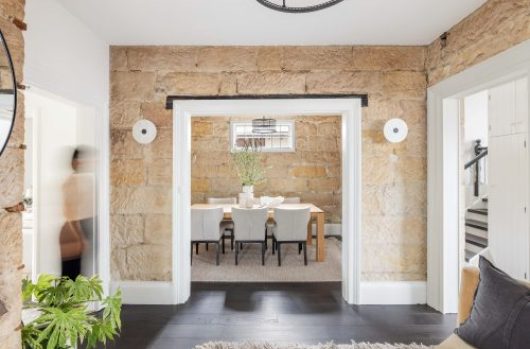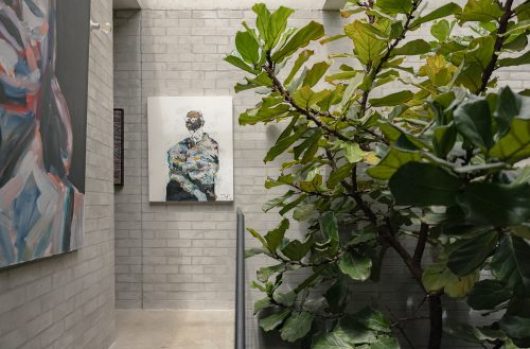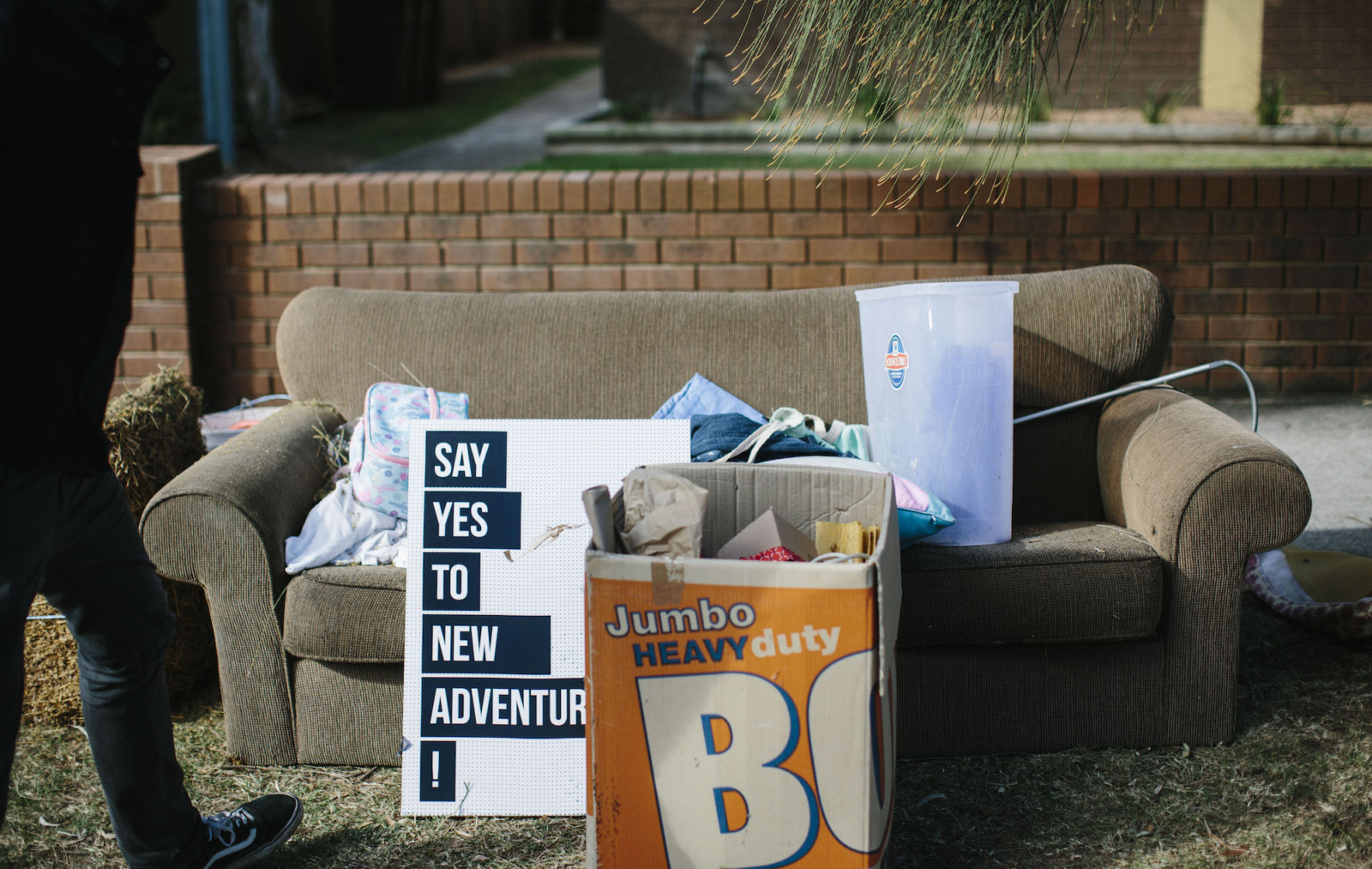
Fast furniture: an ugly appetite
As the way we live becomes more public, our “disposable lifestyles” become more publicly scrutinised and (with a bit of luck) more socially obsolete.
Our penchant for fast fashion has been under attack recently in media reports around the waste and environmental impact of the textile industry.
We were shocked that rivers could turn blue in parts of China and India where the run-off from the denim industry was poisoning waterways. In Australia, it surprised us that more than 500,000 tonnes of textiles and leather end up in Australian landfill each year.
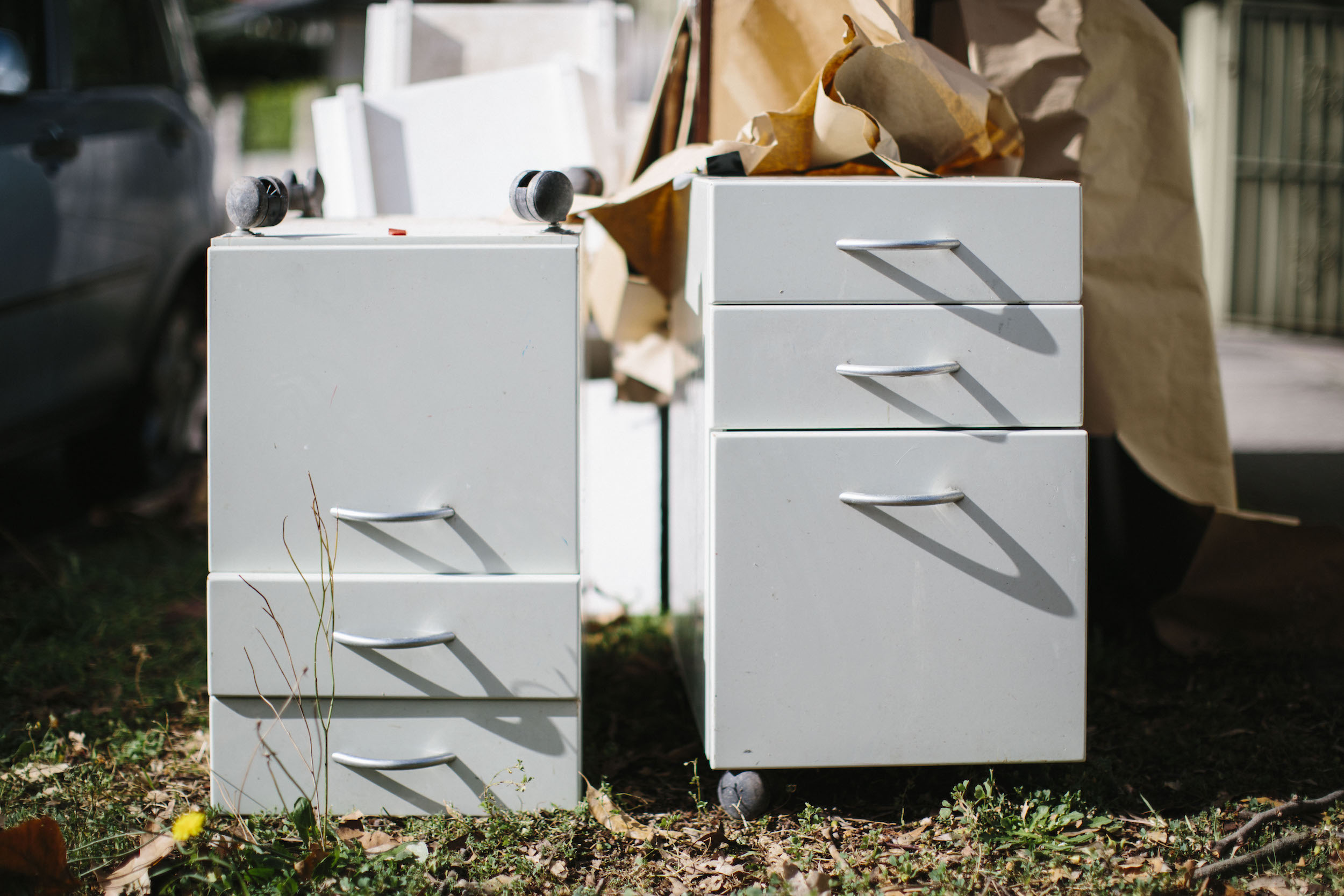
Inside our homes, the currents of “seasonality” are just as strong in the form of cheap, mass-produced furniture – fast fashion for the home.
“I imagine our current situation will cause future generations to shudder at the thoughtlessness in the way in which we today fill our homes, our cities and our landscape with a chaos of assorted junk,” said furniture luminary Dieter Rams.
It’s a relevant message. It’s especially poignant when you consider the German industrial designer said this as far back as 1976.
As chief designer for European furniture company Vitsœ, Dieter brought ideas of longevity/quality/scale-ability to the fore and has been an outspoken voice championing “an end to the era of wastefulness” for more than 50 years.
Vitsœ is known for asking customers not to replace its pieces with new ones, but to repair. An array of free replacement parts is available and the products are designed to be flexible and scale-able.
In the same speech, Rams famously talked about the high functionality of his modular creations and its ability to adapt to any environment. “Good design must be able to coexist”, he said.
“We make the effort to produce products like this for the intelligent and responsible users – not consumers – who consciously select products that they can really use.”
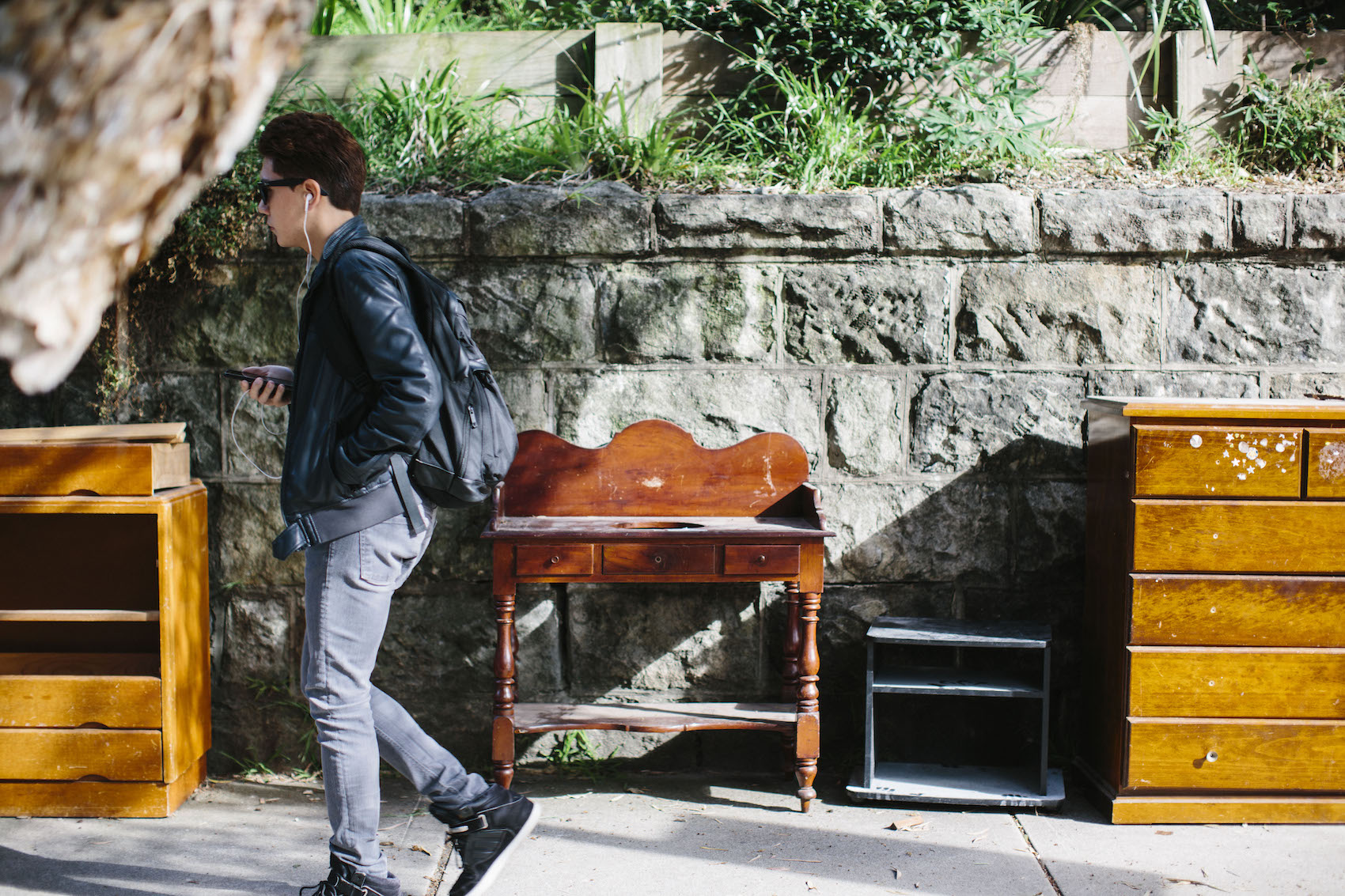
But if you look around Inner Sydney, it’s evident we’re also coexisting with our “fast furniture” addiction. Local councils pick up after their residents’ throwaway lifestyles and their weakness for roadside dumping. The city recognises it’s an “environmental, economic and social problem”.
A City of Sydney spokesperson said the 2015-2016 financial year saw the council respond to 21,922 incidents of illegal dumping, ranging in size from a loose bag of rubbish to a truck load measuring ten cubic metres. This generated a combined weight of more than 4000 tonnes.
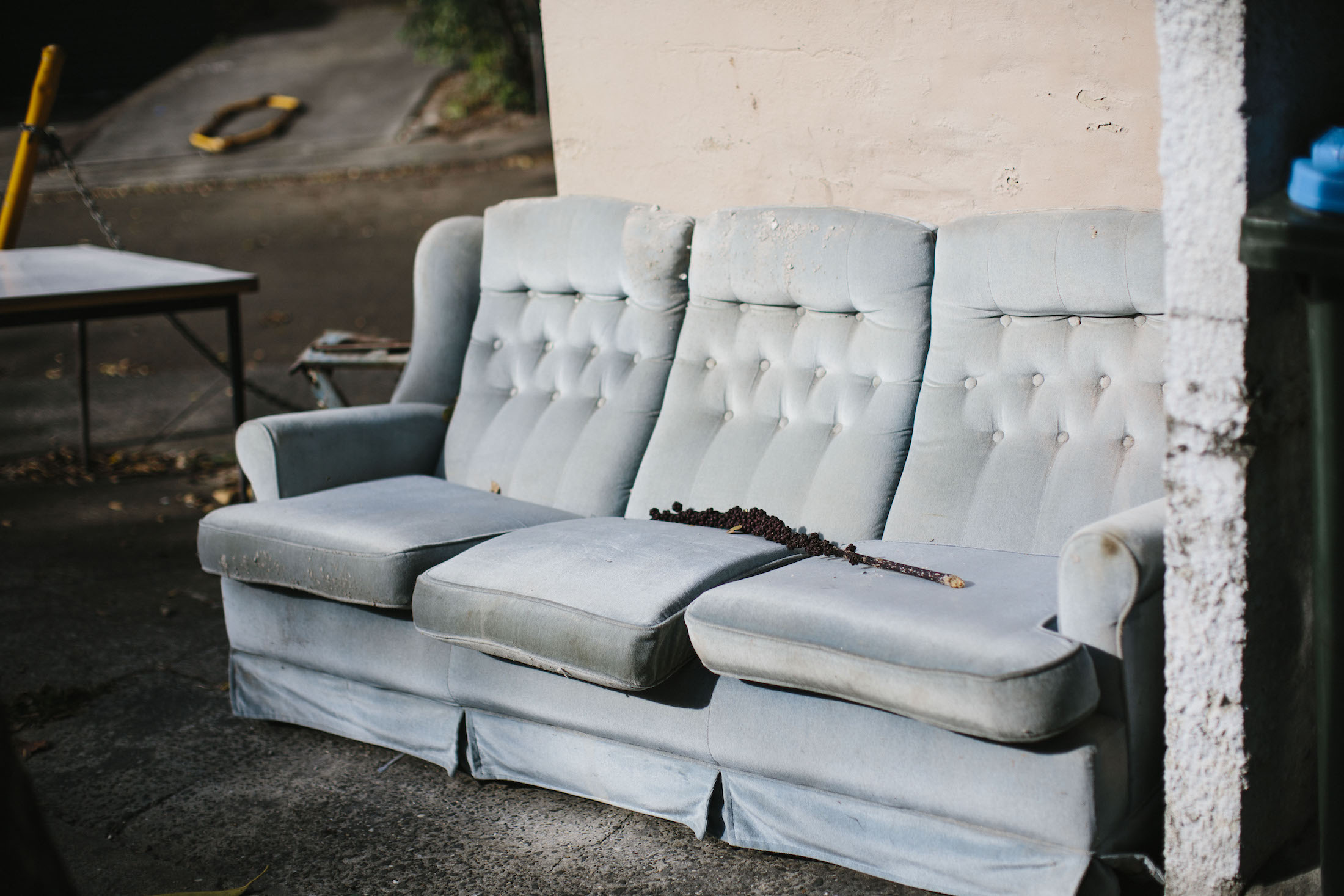
According to EC Sustainable, a company that monitors materials in council collections, approximately a third of our furniture pick-ups are soft furnishings such as sofas and armchairs, and two-thirds other wooden furniture.
With around 2 million households in the Greater Sydney Region, it adds up to about 48,000 tonnes of used furniture on the kerbside each year. In living room terms, that’s the equivalent of around 800,000 three-seater sofas, 1.65 million dining tables, 3.4 million coffee tables or 6.85 million chairs.
Younger generations usually cop the blame for this mass consumption and the woes of our wastefulness. But a few years back, Millennials were vindicated in a Nielsen report called Doing Well by Doing Good.
The online survey probed 30,000 consumers in 60 countries, with 55% respondents saying they would pay extra for products and services from companies committed to positive social and environmental impact. Millennials led the charge being the most likely of all groups to pay more or examine branding to find products with positive social and environmental positions.
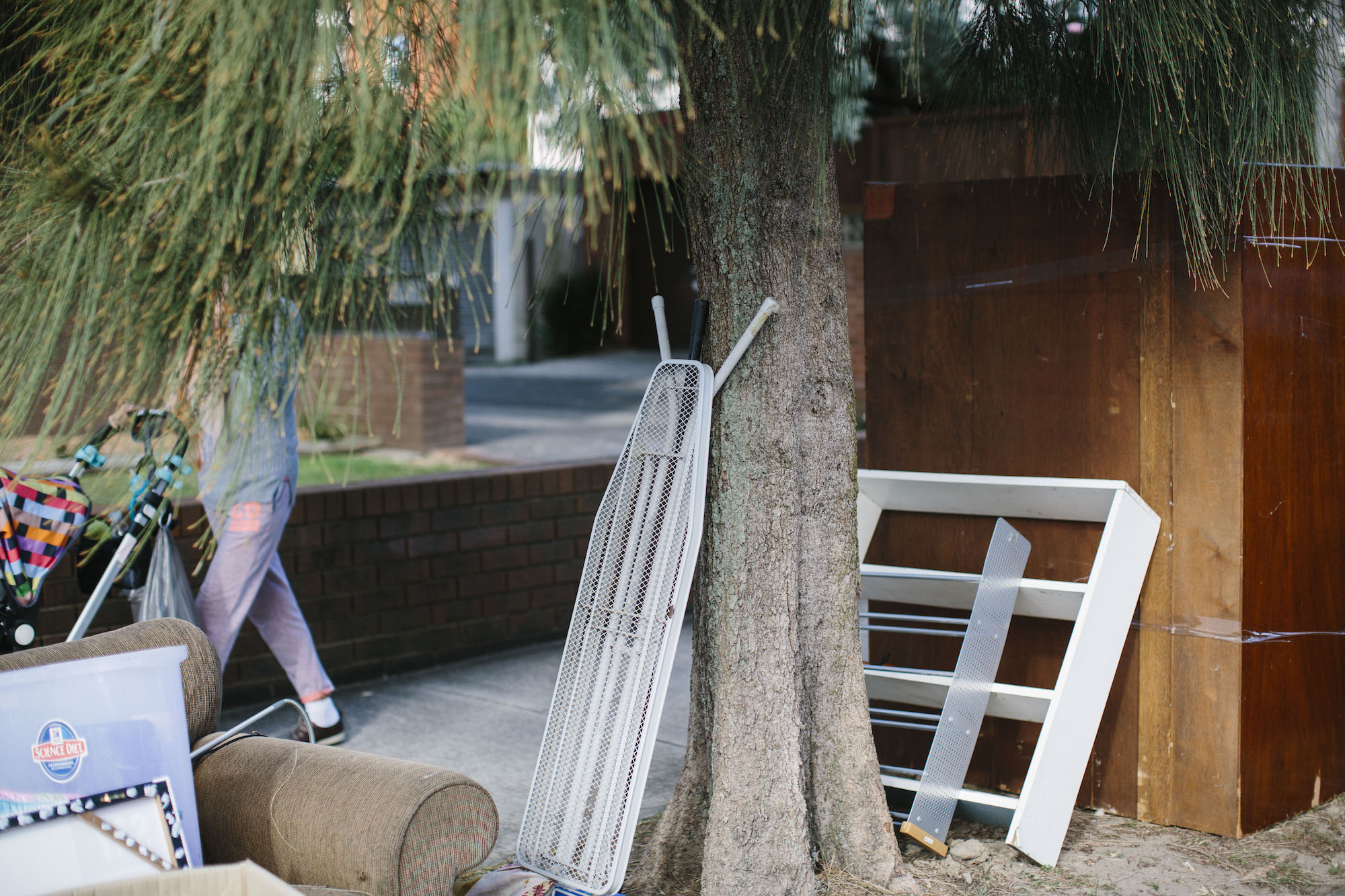
Local designers ride these waves of curiosity from consumers who will “buy quality / buy once”.
One former Sydney property developer launched Makers Lane, a digital marketplace where customers present design ideas to a large community of small-to-medium makers who tender for the business. Totem Road is turning heads locally with classic, simple designs, made from sustainable materials that are more likely to survive style makeovers than ever see landfill.
In Marrickville, recycling institution Reverse Garbage is celebrating its 40th year of saving unwanted items from waste. It diverts about 35,000 cubic metres of material from landfill each year. Interestingly, the social enterprise began the same year as Dieter Ram’s famous 1976 speech.
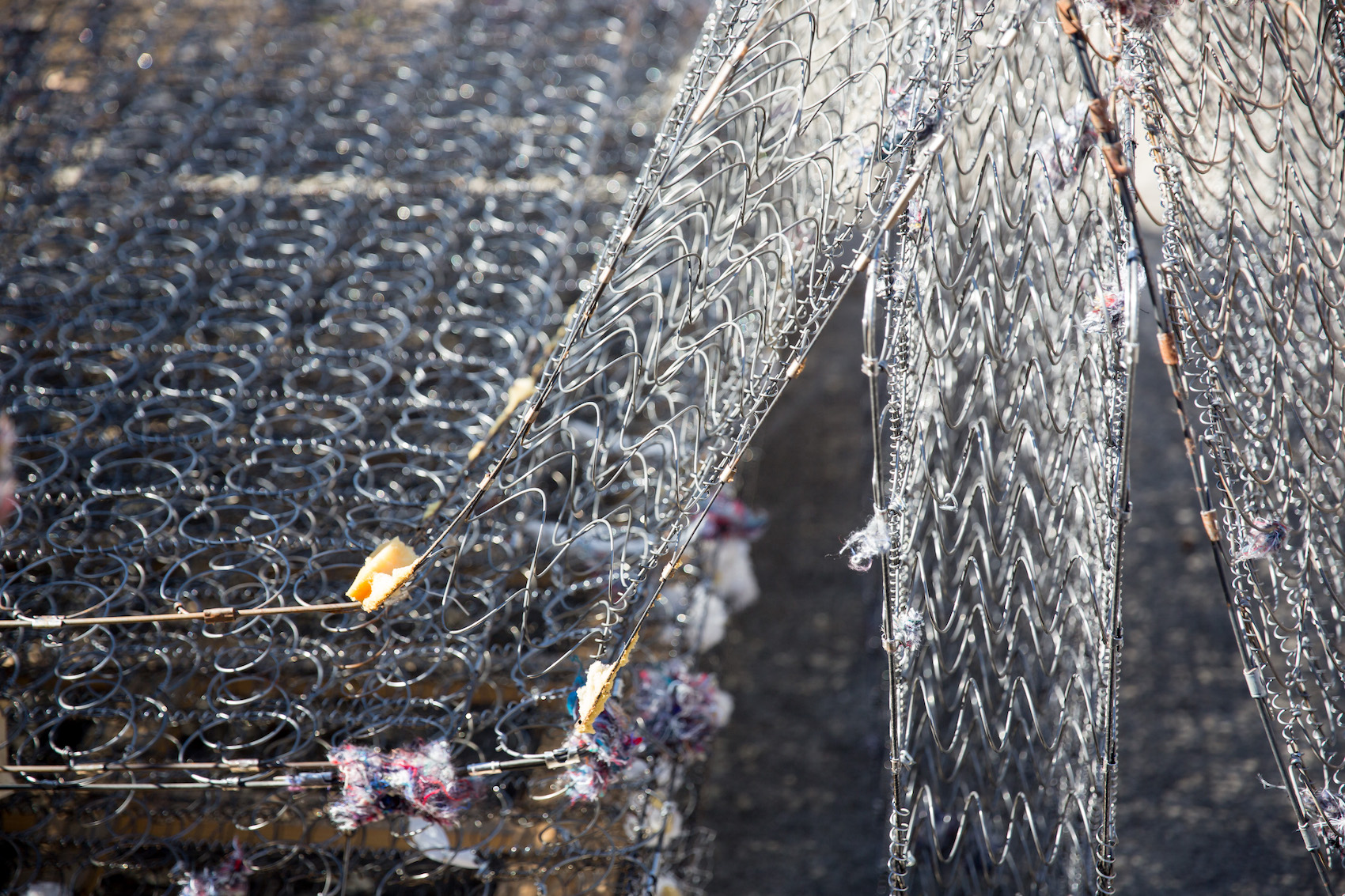
On the raw end of our fast furniture backlash is IKEA. But despite the roadside shrines its consumers leave behind, IKEA is a trailblazer when it comes to leading a “zero waste” culture.
This year, the Swedish furniture manufacturer revealed in its annual Sustainability Report that the brand achieved a zero-waste-to-landfill status across its UK and Ireland facilities in 2016 for the first time ever.
In Australia, the company wants to go off the grid. Aiming to be energy neutral worldwide by 2020, 100 per cent of IKEA’s energy is projected to come from renewable sources.
In the inner-Sydney suburb of Tempe, IKEA installed 4000 panels along with a further 12,000 at 5 other stores. The panels generate around five megawatts of energy a year – enough to power air-conditioning and run low-energy lighting throughout the stores and distribution centres during daylight hours.
The brand also turns discarded cardboard packaging into new furniture items and plastic waste into spray bottles and doormats.
If a global business can make such impressive inroads, imagine what a future collective of conscious consumers might achieve.
As Dieter Rams said: “The times of thoughtless design, which can only flourish in times of thoughtless production for thoughtless consumption, are over. We cannot afford any more thoughtlessness.”

